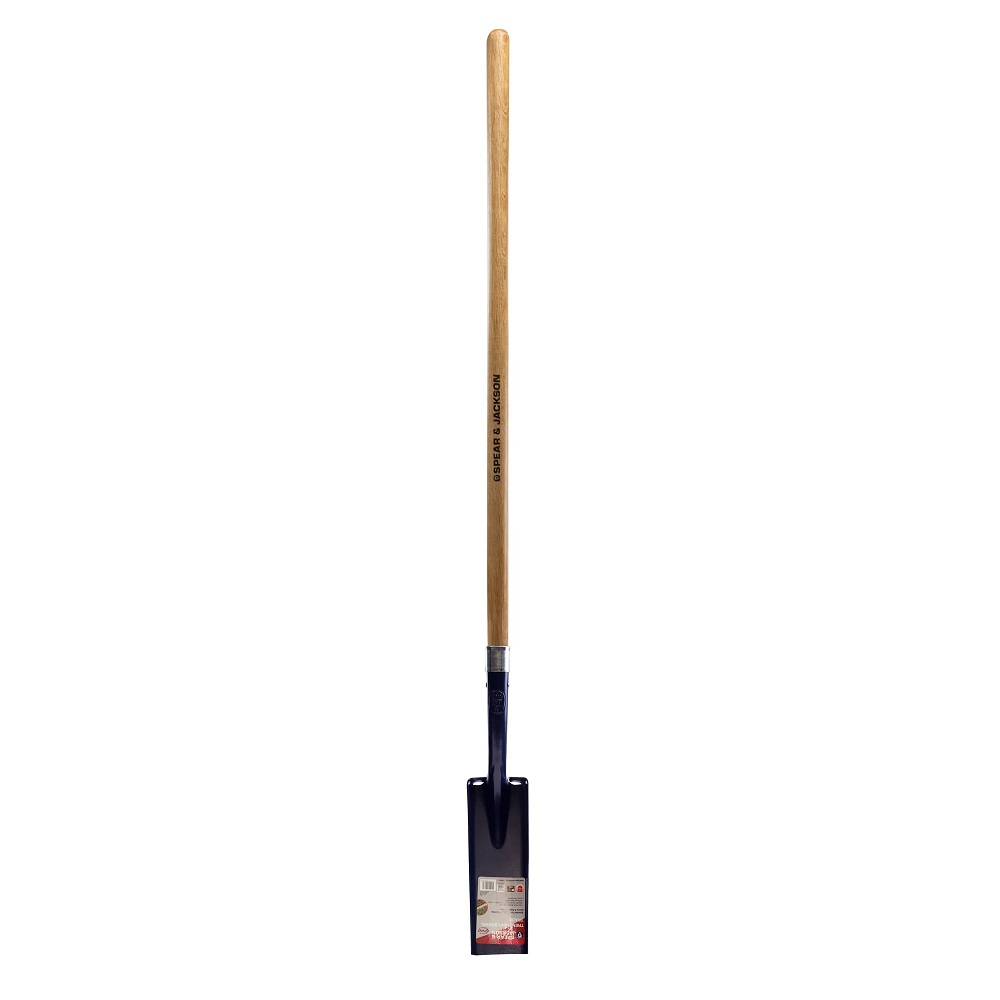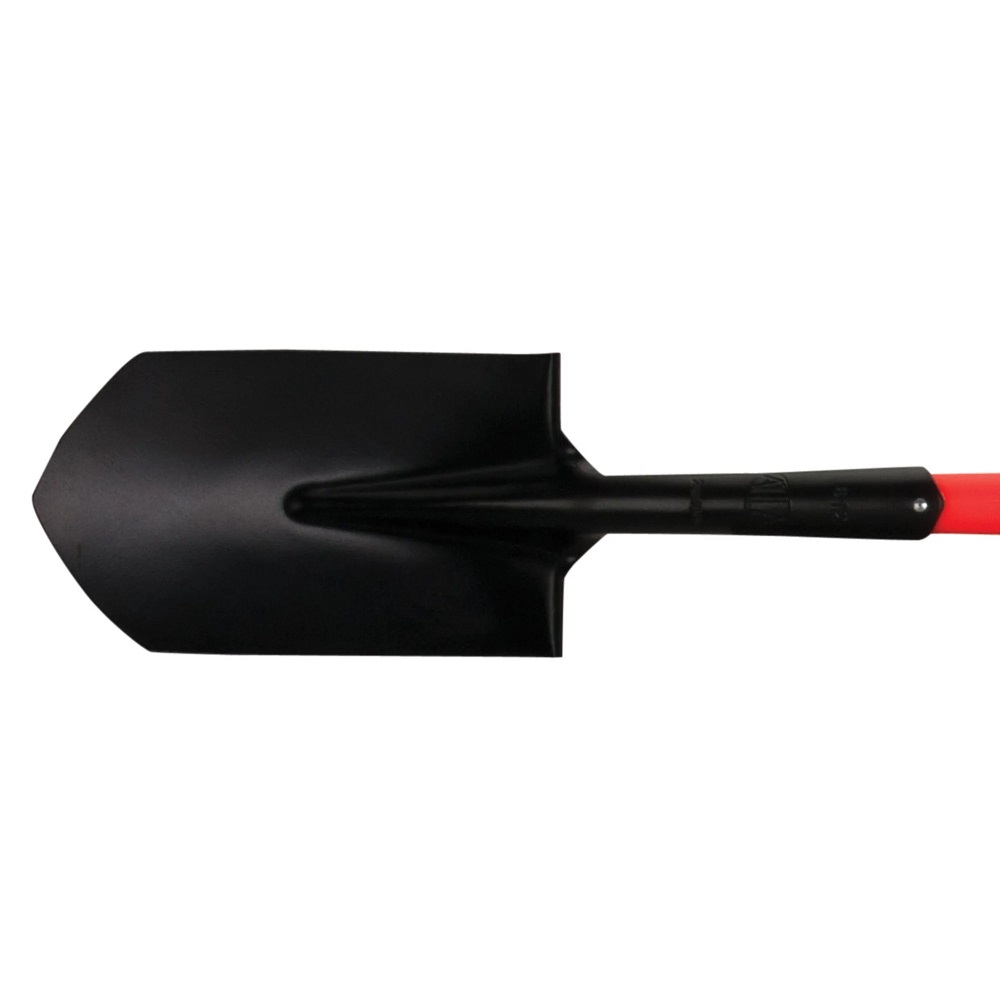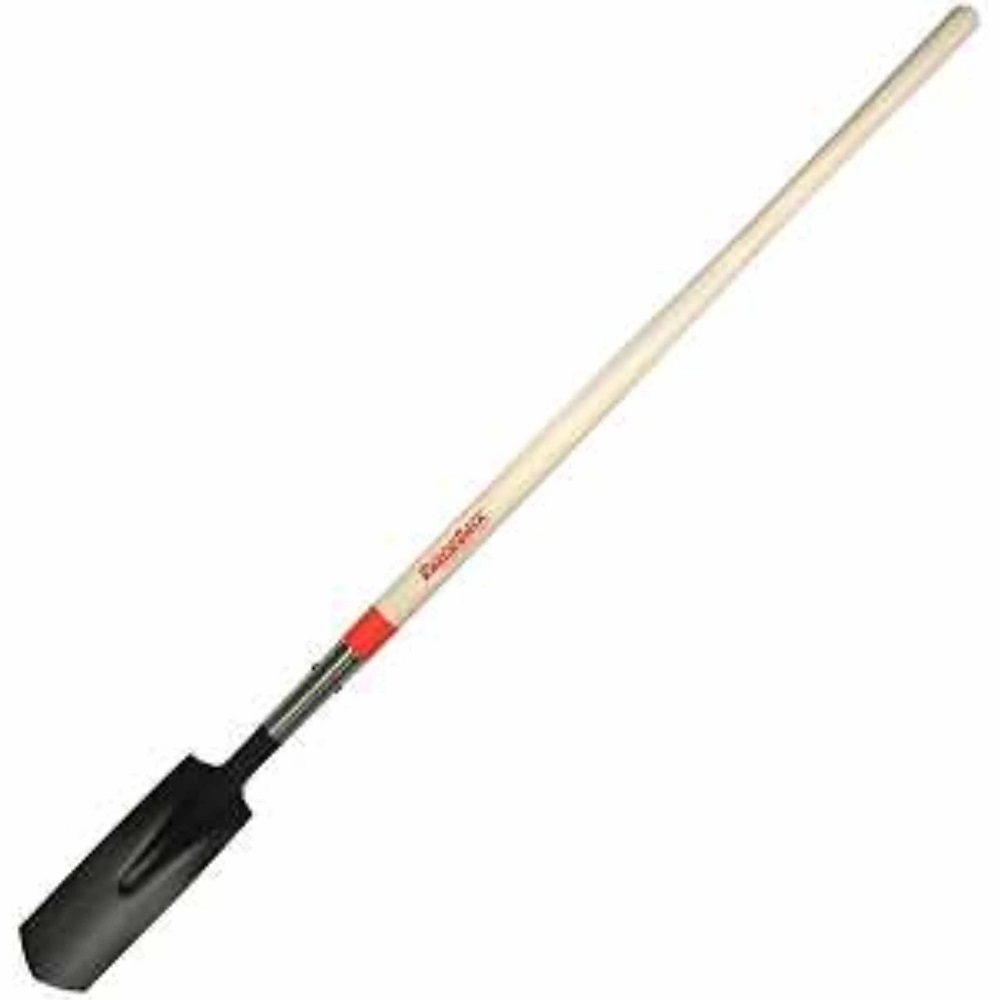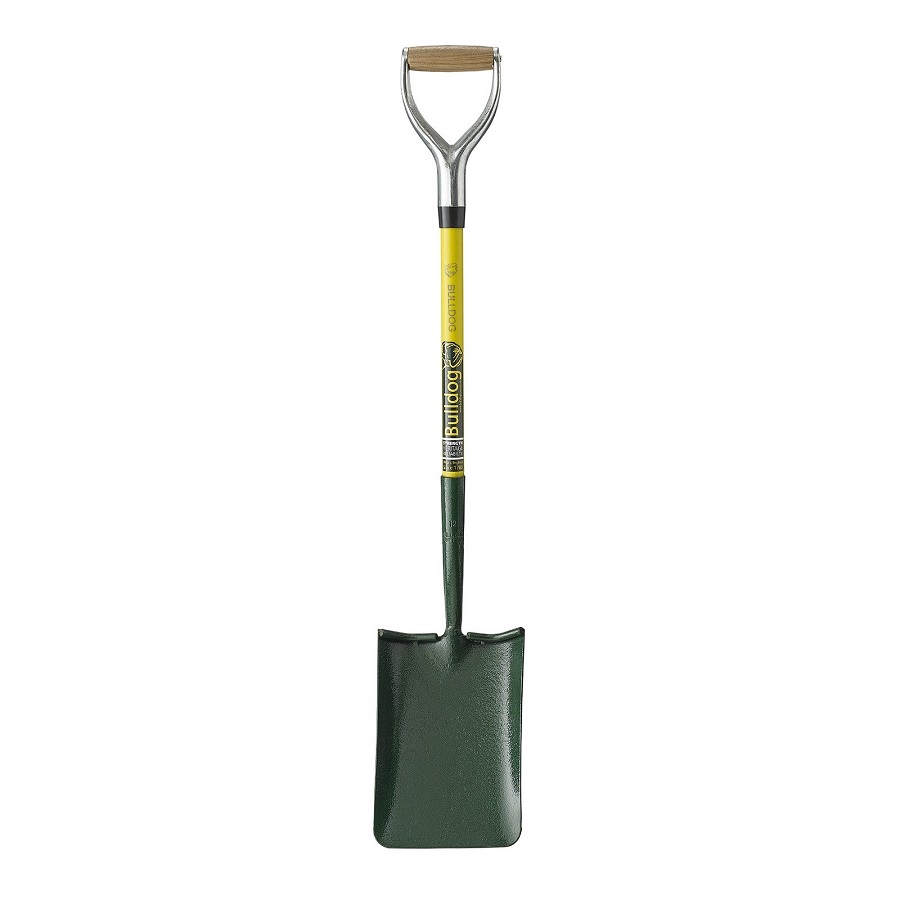Historical Development of Trench Shovels
The trench shovel has a rich history that mirrors technological progress. This digging tool has evolved from primitive designs to today’s advanced models. Let’s delve into its origins and journey through time.
Origins and Early Use
The earliest trench shovels were rudimentary and crafted from animal bones or wood. Early humans used them for simple digging tasks. As civilizations rose, metalworking led to copper and bronze shovels. These were more durable and represented a leap in technology. Soldiers in ancient armies used them to dig fortifications and trenches.
Design Changes Through the Ages
Throughout the ages, trench shovel design underwent many changes. In the Iron Age, stronger materials led to more effective tools. The Industrial Revolution brought steel blades and mass production. Trench shovels became standard equipment for soldiers in World War I. Designers worked to make them lighter and easier to carry. Today, modern trench shovels still embody the principles of those early designs yet benefit from years of refinement.

Comparing Ancient & Modern Trench Shovels
When we inspect the trench shovel’s evolution closely, stark differences emerge between ancient and modern designs.
Materials and Durability
Ancient trench shovels often featured materials like wood and bronze. Durability was a challenge, as these materials would wear out or break with heavy use. Modern trench shovels typically comprise high-grade steel or other durable alloys. These materials resist corrosion and can endure the rigors of repeated digging and trenching. Reinforced plastics may also be part of the handle design, making the tool more resilient against environmental factors.
Technological Advancements
While ancient shovels were basic, modern trench shovels showcase various technological advancements. Manufacturers now leverage precision engineering to enhance the tool’s efficiency and function. Some modern trench shovels have collapsible designs for easy storage and transport. Others feature multifunctional edges for cutting roots or opening bottles, adding versatility to the tool’s use. Ergonomic grips have also become standard, reducing user fatigue and increasing productivity during prolonged digging sessions. In essence, technology has transformed the trench shovel from a simple implement into a sophisticated instrument for excavation.
Types of Trench Shovels and Their Uses
The trench shovel, an essential tool for excavation, comes in various types. Each serves a specific purpose and environment.
Standard Trench Shovels
Standard trench shovels are the most common type. They feature a long, narrow blade with a sharp edge. These shovels are great for breaking ground and removing soil. They work well in most soil types. Their handles are often made of wood or reinforced plastic. This makes them sturdy yet lightweight for regular use. Many have a foot platform for extra force when digging.
Innovative Designs for Specific Tasks
Innovative designs for trench shovels meet unique demands. For example, a folding trench shovel is perfect for campers and soldiers. It’s compact and fits in a backpack easily. There are also shovels with serrated edges. These cut through roots or double as a saw. Some have an angled blade for work in tight spaces. Others feature a pointed tip for rocky and hard-packed soils. Manufacturers have even created models with interchangeable heads. This makes them versatile for different digging conditions.

The Role of Trench Shovels in Warfare
Trench Warfare and the Need for Specialized Tools
Trench warfare heavily relied on well-designed tools. Soldiers needed shovels that could dig quickly and withstand tough conditions. Trench shovels became a crucial part of a soldier’s kit. They had to be durable, light, and easy to use. As wars progressed, trench shovels adapted to meet these needs. They had pointed tips for hard soil and foot platforms for added digging power. Without these tools, creating defensive positions would have been much slower and more labor-intensive.
How Trench Shovels Shaped Military Strategy
Trench shovels were more than just digging tools; they shaped how wars were fought. Armies could build extensive networks of trenches faster. This allowed for strategic positioning and better defense. The portability of trench shovels meant soldiers were always ready to dig in. With the shovel at hand, they could quickly adapt to changes on the battlefield. Design improvements also made it possible to use these shovels for other tasks. They became multipurpose tools, proving their worth in numerous military scenarios. The trench shovel’s role in warfare showcases its adaptability and the impact of practical tool design on strategy.
Trench Shovel Design and Ergonomics
Efficient design plays a pivotal role in the functionality of trench shovels. Ergonomic features are crucial for user comfort and effectiveness in digging tasks. In this section, we’ll examine key elements such as handle design and blade shape that contribute to the efficiency of trench shovels.
Importance of Handle Design
When it comes to trench shovels, handle design is paramount. A well-designed handle can reduce strain and prevent injuries. Ergonomics focus on creating a handle that is easy to grip and positioned to give optimal leverage. Factors like handle length, material, and grip shape all impact overall comfort and digging ability. Manufacturers often shape handles to match the natural curve of the hand. They also add non-slip textures to ensure a secure grip in various conditions.
Blade Shapes and Digging Efficiency
The shape of a trench shovel’s blade determines its digging prowess. Each blade shape serves a different purpose. A pointed tip is ideal for penetrating hard, compact soils. Flatter, broader blades are better suited for moving loose material. Some blades curve to scoop soil more effectively. Others have sharp edges for cutting roots or sod. The efficiency of the trench shovel depends on selecting the right blade shape for the task at hand. This ensures that the effort put into digging translates into maximum soil movement with minimal exertion by the user.

Manufacturing Process of Trench Shovels
From Forging to Factory Production
The manufacturing of trench shovels has evolved considerably. In the past, blacksmiths hand-forged each shovel from metal, a time-consuming process. Skill and labor were key, as each shovel reflected the craftsman’s expertise. However, modern production methods have streamlined this process. Factories now use advanced machinery to mass-produce trench shovels. Automation ensures consistency and speed. Steel or aluminum is cut, shaped, and tempered into durable tools. Handles are typically produced separately, often from wood or synthetic materials. They are then attached to metal blades using industrial fasteners.
Quality Control and Standards
Quality is crucial in trench shovel manufacturing. Each stage of production is monitored for standards. Raw materials are tested for hardness and durability. The shaping process is inspected for precision. Assembled shovels undergo stress tests to ensure they withstand heavy use. Finally, quality control teams check for any defects before shipping. This ensures that each trench shovel meets the high demands of its users, from construction workers to military personnel. The industry follows set guidelines to maintain safety and efficiency. Customers trust that trench shovels are reliable because of these rigorous standards.
Future Prospects of Trench Shovels
As trench shovels continue to evolve, future designs will likely see significant improvements. We expect to witness advancements that push the boundaries of efficiency, comfort, and versatility. The trends suggest an increase in multifunctional tools and further ergonomic improvements. Moreover, the demand for trench shovels will remain strong in sectors like construction, military, agriculture, and outdoor activities. The market seems to be heading towards tools that offer superior performance while ensuring user safety and ease of use.
Improvements and Market Trends
Looking ahead, the trench shovel industry is set to embrace innovation. We anticipate enhancements in materials leading to stronger, more resilient tools. Breakthroughs in design may offer improved handling and control. This could mean lighter yet tougher materials integrated into shovel production. Features like foldability and multifunctionality will continue to be popular for their convenience. Market trends show that consumers favor tools that can perform multiple tasks without sacrificing quality.
Environmental Considerations and Sustainability
Sustainability is becoming a priority in tool manufacturing. Producers of trench shovels are starting to focus on eco-friendly materials. They are looking to reduce their carbon footprint while maintaining tool durability. Handles made from sustainable woods or recycled materials are becoming more common. It’s clear that the environmental impact will weigh heavier on production choices. Future trench shovels might also have replaceable parts. This would extend their life and minimize waste. These developments signal an industry moving towards greater environmental responsibility.
